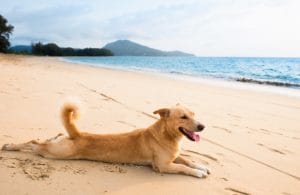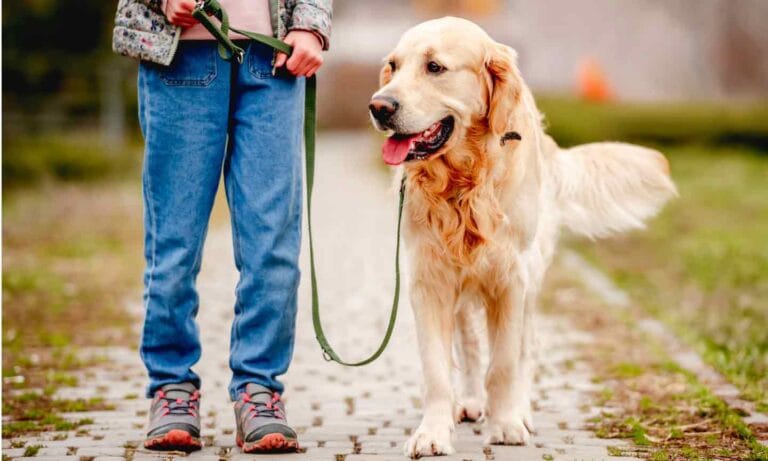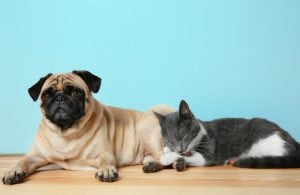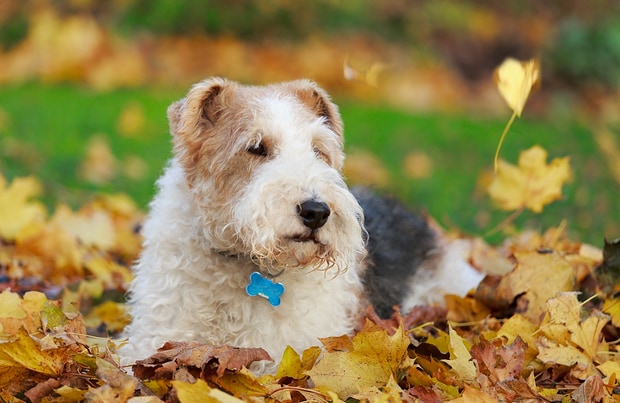You may know all about keeping your dog hydrated and cool during the summer months, but some breeds need a little more care than others, from requiring sunscreen to keeping their thick double coats long instead of cutting them short (yes, really!) to keep cool. We’ve asked the American Kennel Club to share eight breeds that need special summer care as well as a few tips for keeping all dogs safe in the heat.
1. Chinese Crested

F8grapher via Shutterstock
A small, playful breed with tall ears and large, round eyes, the Chinese Crested comes in two varieties: hairless or longhaired. While the longhaired breed has silky hair all over its body, the hairless version only has hair on its head, feet and tail and requires dog sunscreen whenever it goes outside during the summer, said AKC spokesperson Lisa Peterson. Because breeds without hair, or even light hair and fair skin, can be prone to sunburn, it’s important avoid prolonged exposure to direct sunlight for these breeds. Peterson said using body lotion on a hairless Crested can help keep its skin soft.
2. Maltese
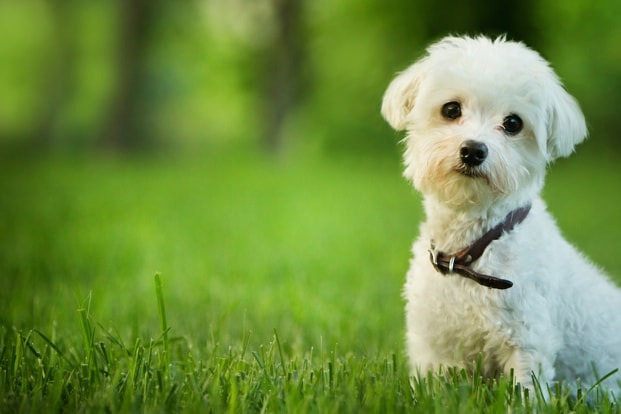
Mary Rice via Shutterstock
Confident, playful and alert, the Maltese has a long, silky coat that often captures the attention of breed fanciers and pet parents alike. While it is lovely, this coat can become cumbersome during the summer, as it requires regular grooming and is prone to matting. Peterson recommends letting your Maltese sport a “puppy cut,” in which the long coat is trimmed short, during the summer months.
3. Alaskan Malamute

Photobac via Shutterstock
Developed in the Arctic as a freight dog able to pull large, heavy loads over long distances, the Alaskan Malamute’s thick double coat is meant to protect it in cold temperatures and can make it difficult for the breed to adjust to the heat. Friendly, playful and patient, the Alaskan Malamute makes an excellent family companion but may not be able to keep up with an extremely active family in warm weather. If you’re living in a warmer climate and own an Alaskan Malamute, Peterson recommends limiting outdoor time when the temperatures are especially high.
4. Golden Retriever

Chendongshan via Shutterstock
Made popular with British nobility for its excellent hunting and retrieving abilities, the Golden Retriever is now one of the most popular companion, search and rescue and service dogs in the United States. With a beautiful medium-length, wavy coat, the Golden Retriever (and other breeds with similar double coats) does not need to be shaved in the summer, contrary to what some pet parents believe.
“[The breed’s] hair actually works as insulation and can help them avoid overheating in the summer,” Peterson said. “Just try to avoid prolonged time outside and exposure to hot asphalt or sand, which can burn their paws.”
5. Saint Bernard
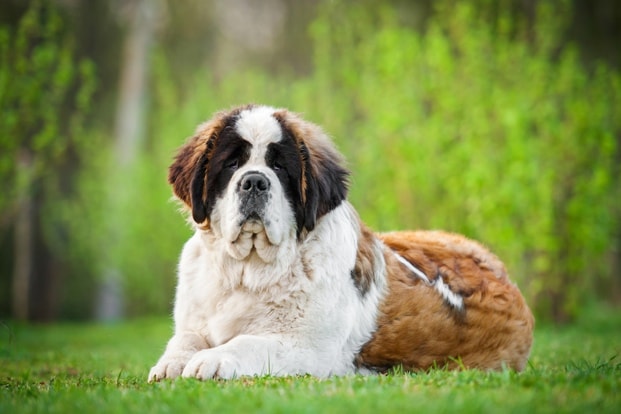
Rita Kochmarjova via Shutterstock
Originally bred to rescue explorers and travelers stuck in avalanches and snowdrifts in the Alps, the Saint Bernard’s coat kept it nick and warm in sub-zero temperatures but may work against it in warmer weather. Though the breed’s coat can be short or long, it is extremely dense nonetheless and may be prone to shedding. If you’re headed outdoors with your Saint Bernard in the summer, Peterson recommends keeping plenty of shade and water on hand for them and to consistently monitor the temperature to make sure it doesn’t get too warm for them.
Additionally, when the temperatures reach 80 degrees and above, a dog should never be left alone in a hot car. The inside of a vehicle can reach 125 degrees in a very short period of time, Peterson said, which can become dangerous (and even deadly) to a dog—especially a thick-coated breed like the Saint Bernard—very quickly.
6. Bernese Mountain Dog

Rita Kochmarjova via Shutterstock
A versatile breed with a strong build and calm, confident personality, the Bernese Mountain Dog is known for its skills as a farm dog. It has a large, block head, dropped ears and a long, silky coat that can draw in heat easily because of its dark color. Because of this, Bernese Mountain Dogs may be uncomfortable in the heat and should only be exercised during the cooler parts of the day, like early in the morning or late in the evening. Like all breeds, the pads of the Bernese Mountain Dog’s feet can be burned by hot concrete or tar roads in the summer. If you’re able to, Peterson recommends, walking your dog on grass or dirt to keep its feet from burning.
7. Boxer
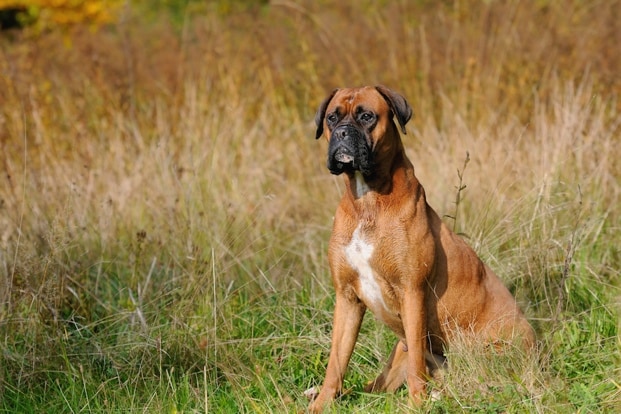
AnetaPics via Shutterstock
A breed that originated as a fighting a bull-baiting animal, the Boxer has since become a popular military, police and family dog with a loving and dedicated personality. Although they enjoy summertime activities with their families, Boxers require regular access to fresh water and plenty of breaks to rest. Because of their shorter muzzles, they may not pant as effectively as other breeds and can be more prone to heat exhaustion as a result.
8. Old English Sheepdog
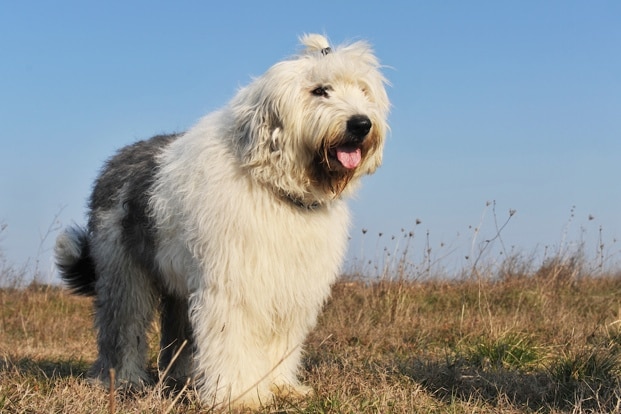
cynoclub via Shutterstock
Developed as a herding dog in 19th century England, the affectionate, playful Old English Sheepdog has huge amounts of long, shaggy hair. Many owners of this breed choose to trim and scissor down their coats during the summer, which can help them to enjoy their favorite outdoor activities (like herding!) in the warmer weather, Peterson said.
Although exercise for all breeds is a must, it’s important to keep your dog from over-extending itself in the heat. When temperatures soar, consider taking your long walks early in the morning or after the sun sets and consider finding training or activity classes that are indoors. While outdoors, make sure your dog has plenty of access to shade and fresh water and, if they appear to be overheating, Peterson recommends applying cool, wet cloths to their feet, head and belly.
Feature image via: Iryna Rasko via Shutterstock

Jessica is a managing editor and spends her days trying not to helicopter parent her beloved shelter pup, Darwin.
Share:
